32 Foods to Absolutely Avoid if You Suspect Gluten Sensitivity or Celiac Disease
Gluten isn’t just in bread—it’s everywhere, and it’s sneaky. For those with celiac disease or even mild gluten sensitivity, a single misstep can lead to serious symptoms, from brain fog and bloating to long-term intestinal damage. Yet gluten hides in places you’d never expect: salad dressings, spice blends, even your morning eggs at a diner. It’s not enough to ditch pasta and pastries—you have to learn how gluten disguises itself. That’s why we’ve expanded our guide to 32 Foods to Absolutely Avoid if You Suspect Gluten Sensitivity or Celiac Disease. This list goes beyond the obvious, spotlighting everyday foods that quietly sabotage your health. Whether you’re newly diagnosed or trying to support a loved one, this resource reveals where gluten is hiding, how to outsmart it, and how to reclaim confidence at every meal. Because avoiding gluten shouldn’t feel like detective work—it should feel like clarity.
1. The Hidden Gluten in Sauces and Condiments
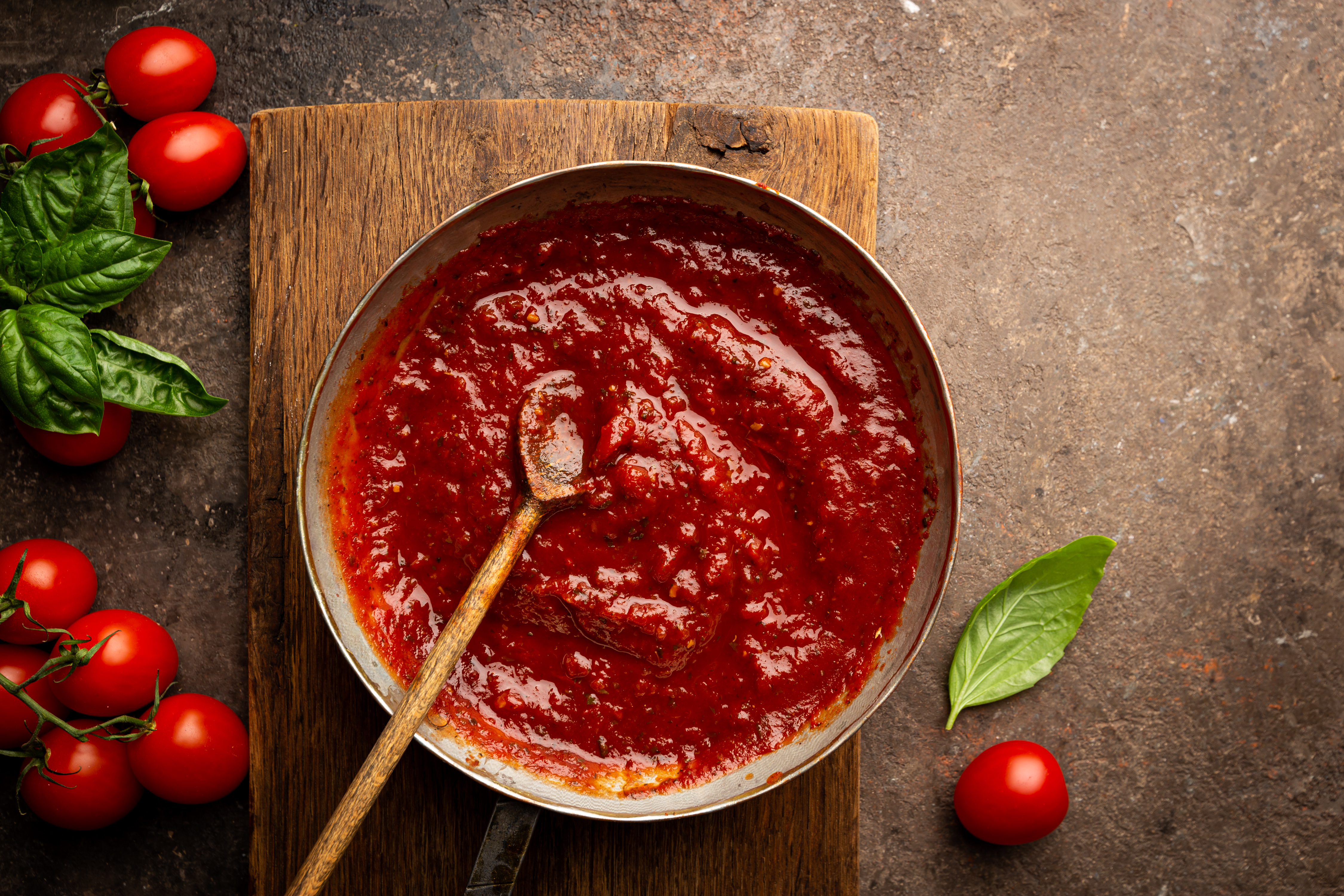
Sauces and condiments are often overlooked in the quest for a gluten-free diet. Yet, they can be a major source of hidden gluten. Many sauces use wheat flour as a thickening agent or contain soy sauce, which is traditionally made with wheat. Salad dressings, marinades, and gravies are common culprits. For those seeking to avoid gluten, it's essential to read labels meticulously or opt for brands that specifically label their products as gluten-free. Making homemade versions can also be a safe and satisfying alternative, allowing control over every ingredient.
2. The Deceptive Allure of Processed Meats
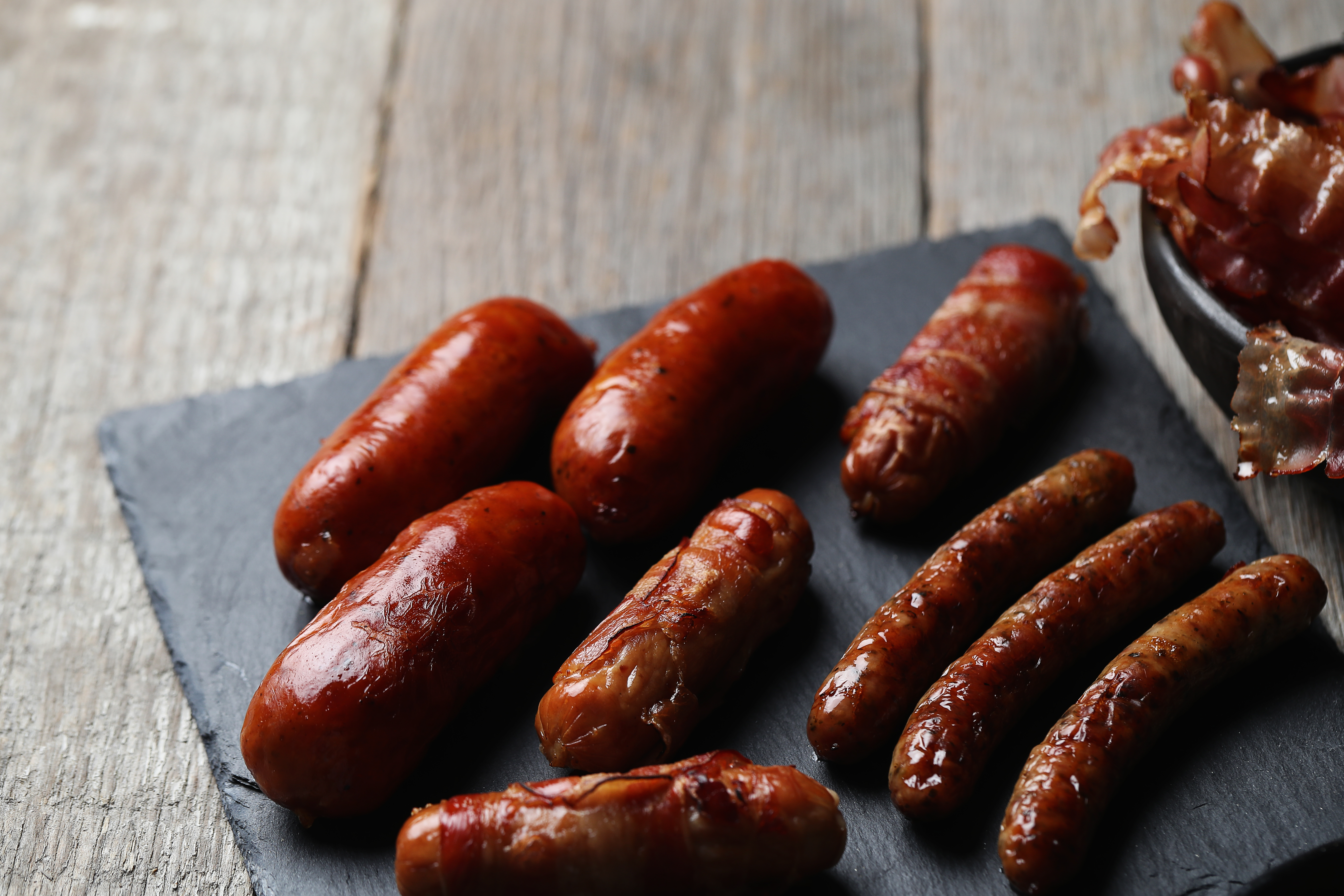
Processed meats, such as sausages, hot dogs, and deli meats, may seem like safe gluten-free options. However, many of these products contain fillers, binders, and flavorings that include gluten. Even meats labeled as "natural" or "organic" are not immune to this issue. Cross-contamination during processing is another risk, as shared equipment can introduce gluten into otherwise gluten-free products. To avoid these hidden pitfalls, it's crucial to choose meats labeled as gluten-free or to purchase fresh, unprocessed cuts and season them at home.
3. The Breaded and Battered Dilemma
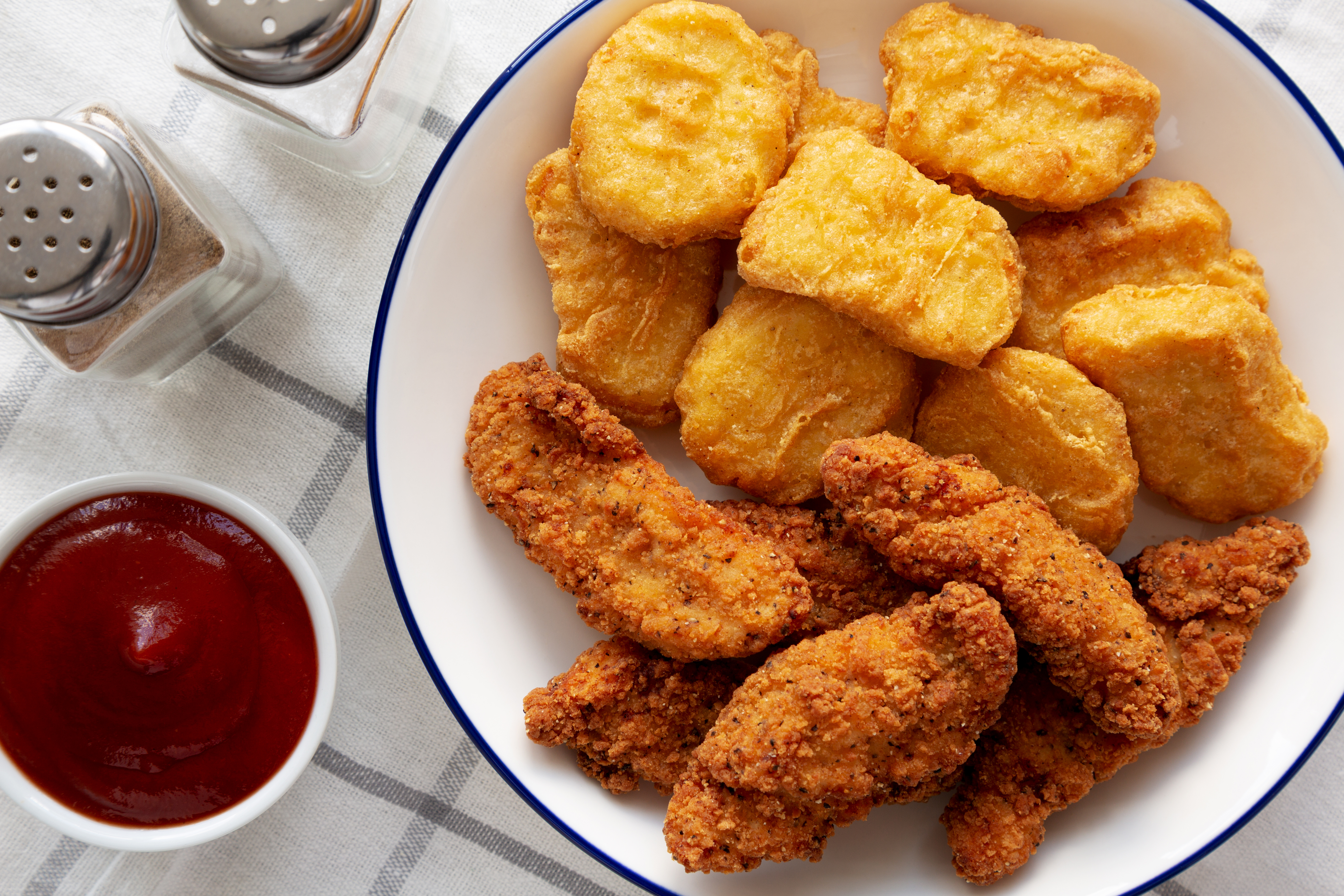
Breaded and battered foods are obvious sources of gluten, but their prevalence in everyday meals can be surprising. From chicken nuggets to fish sticks, these items are often coated in wheat flour-based mixtures. Even when dining out, gluten-free menu items can be contaminated if prepared in the same oil or on the same surfaces as gluten-containing foods. For those committed to a gluten-free lifestyle, seeking out restaurants with dedicated gluten-free kitchens or preparing similar dishes at home with gluten-free alternatives is advisable.
4. Surprising Gluten in Soups and Broths
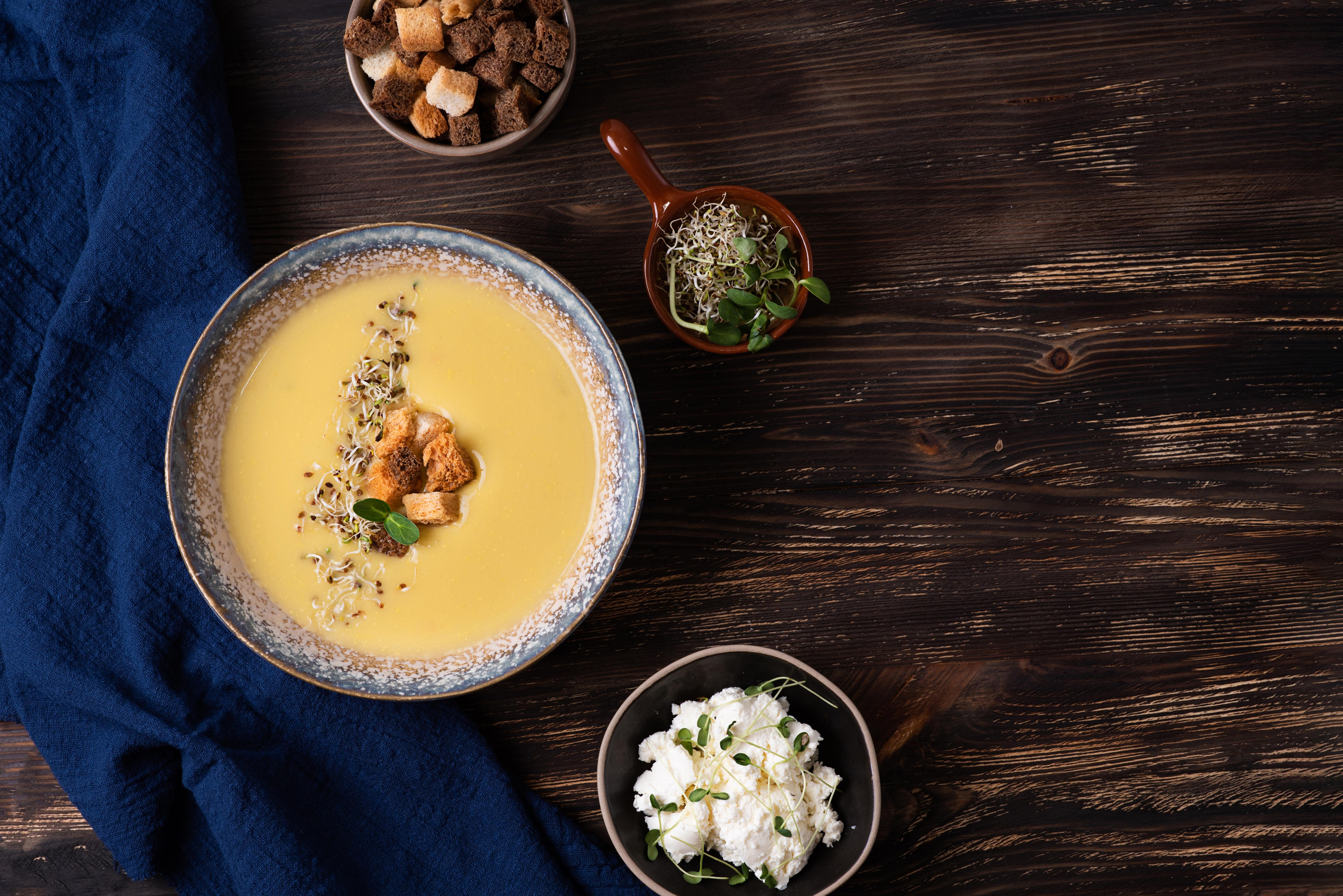
Soups and broths are comfort foods that can unexpectedly contain gluten. Many commercially prepared soups use wheat flour or barley as thickeners, while others may include pasta or noodles made from wheat. Even broth can be suspect, as some brands use wheat-based flavor enhancers. To ensure a gluten-free experience, consumers should opt for products specifically labeled as gluten-free or prepare soups from scratch using fresh, whole ingredients and gluten-free thickeners like cornstarch or potato starch.
5. The Risk of Gluten in Snacks and Sweets
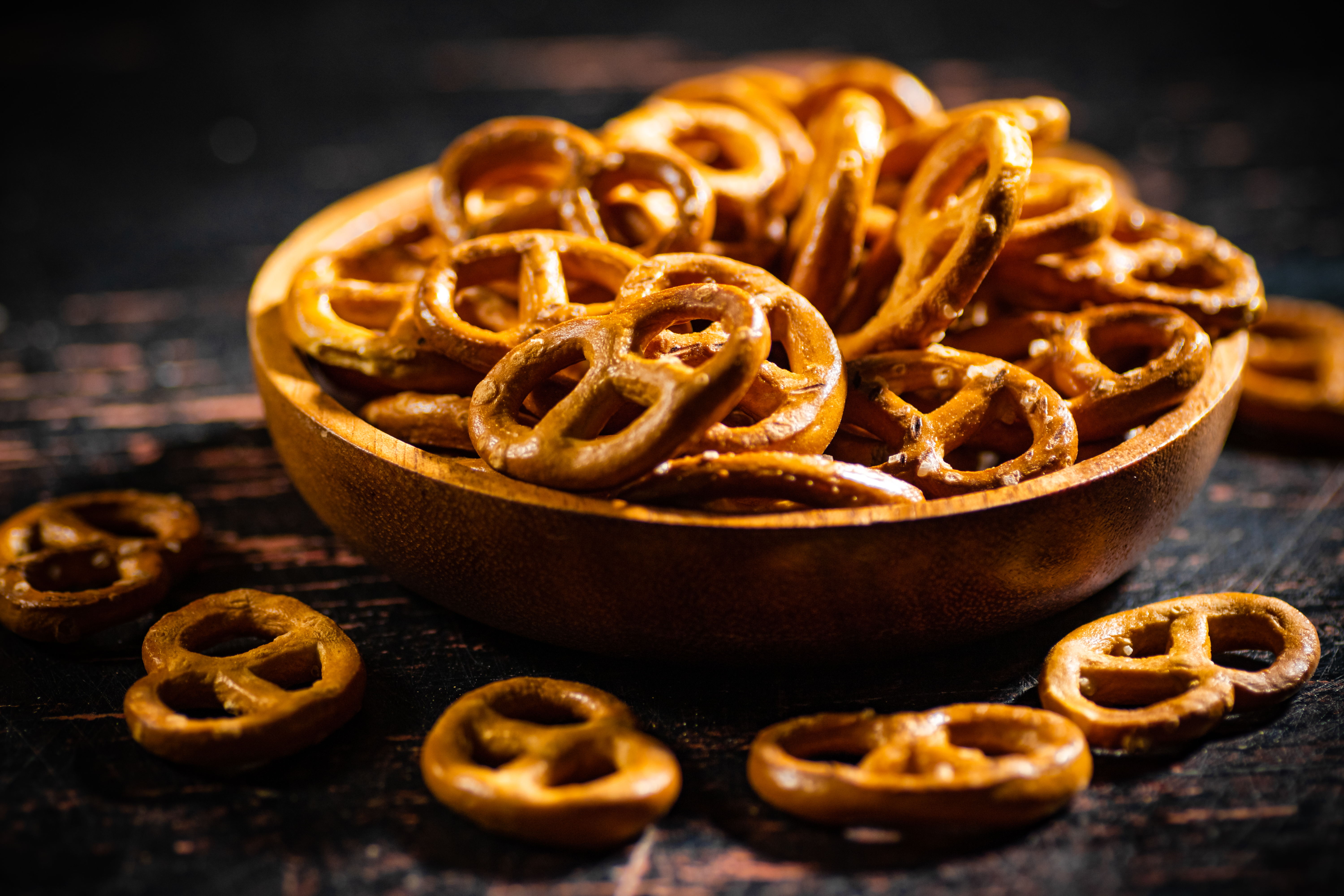
Snacks and sweets, while often thought of as indulgences, can be laden with hidden gluten. Chips, pretzels, and even some chocolate bars may contain gluten-based additives or be subject to cross-contamination. Gluten can also be present in unsuspected forms, such as malt flavoring or modified food starch. For those with gluten sensitivities, choosing snacks from reputable gluten-free brands or making snacks at home using certified gluten-free ingredients can help mitigate these risks.
6. The Cereal Conundrum
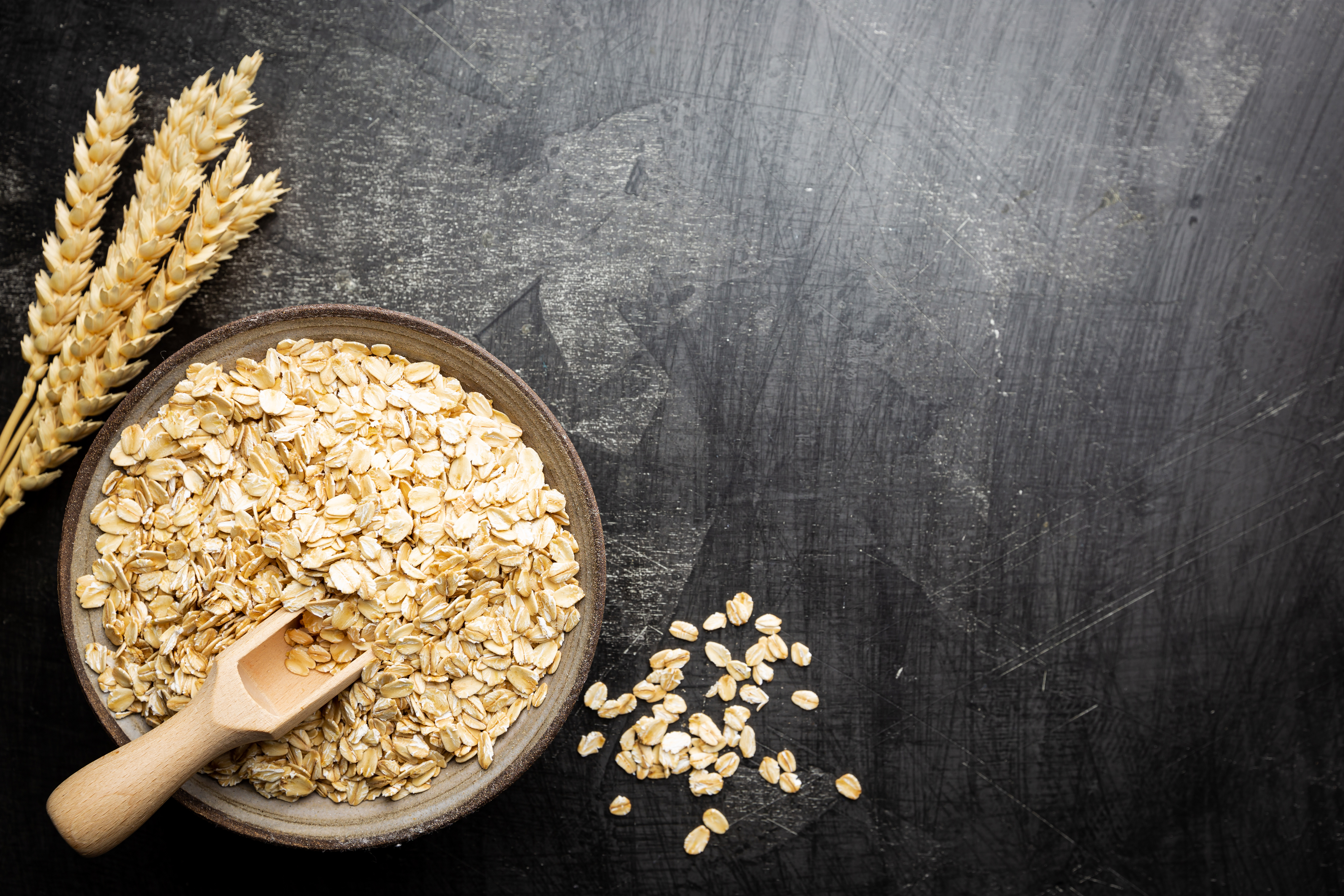
Cereals are a breakfast staple, but many traditional options contain gluten. Even cereals labeled as "whole grain" or "multigrain" can include wheat, barley, or rye. Oats, while naturally gluten-free, are often processed in facilities that handle gluten-containing grains, leading to cross-contamination. To ensure a gluten-free start to the day, consumers should seek out cereals labeled as gluten-free or enjoy naturally gluten-free grains like quinoa or rice as breakfast alternatives.
7. Gluten in Alcoholic Beverages
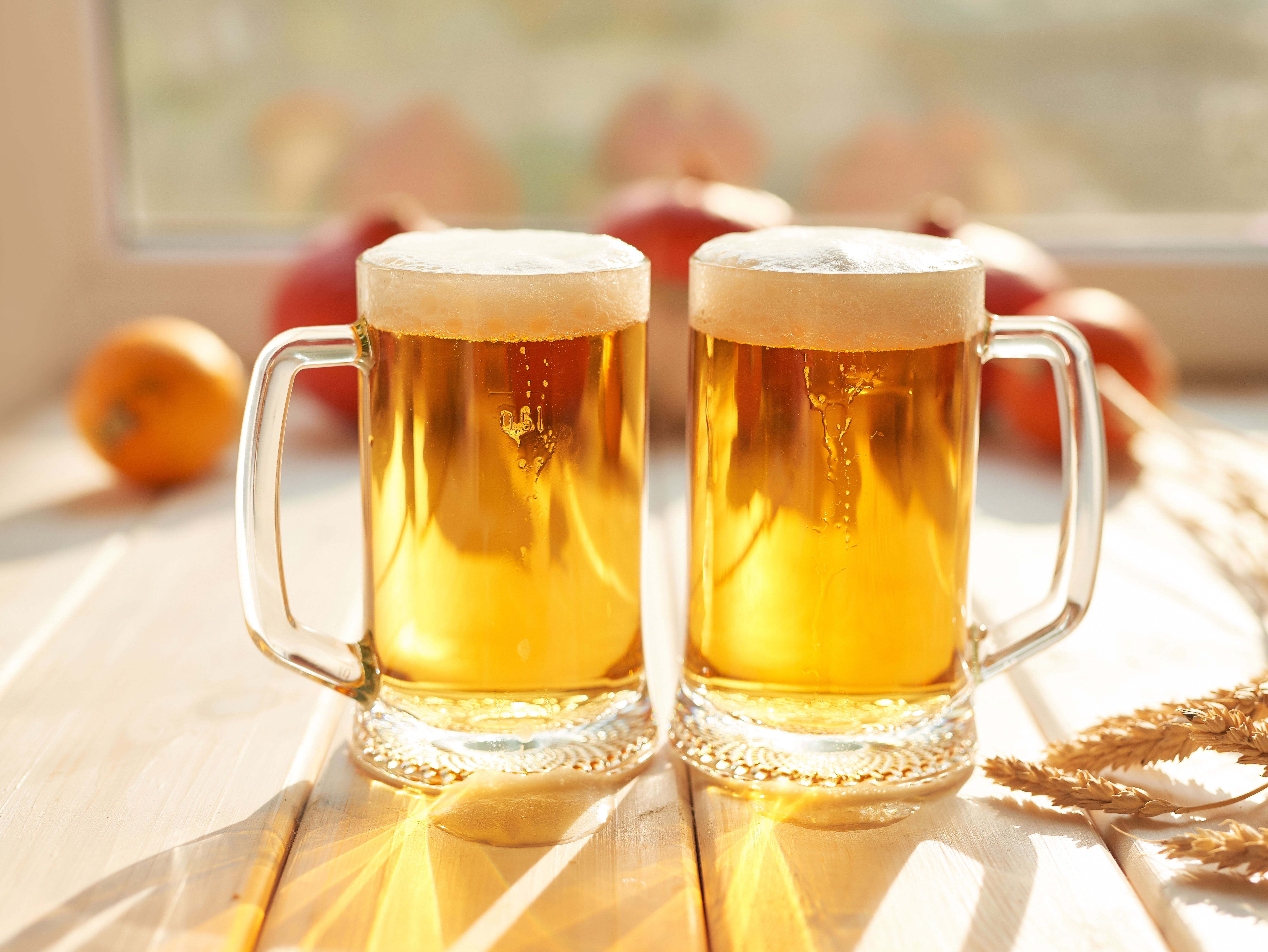
Alcoholic beverages can be a hidden source of gluten, particularly beers brewed with barley or wheat. While distilled spirits are generally considered gluten-free due to the distillation process, flavored liquors or pre-mixed cocktails may contain gluten additives. Wine and cider are typically safe, but it's essential to verify the production process. For beer enthusiasts, gluten-free beers made from sorghum, millet, or rice offer a satisfying alternative without the risk of gluten exposure.
8. The Challenge of Gluten-Free Baking
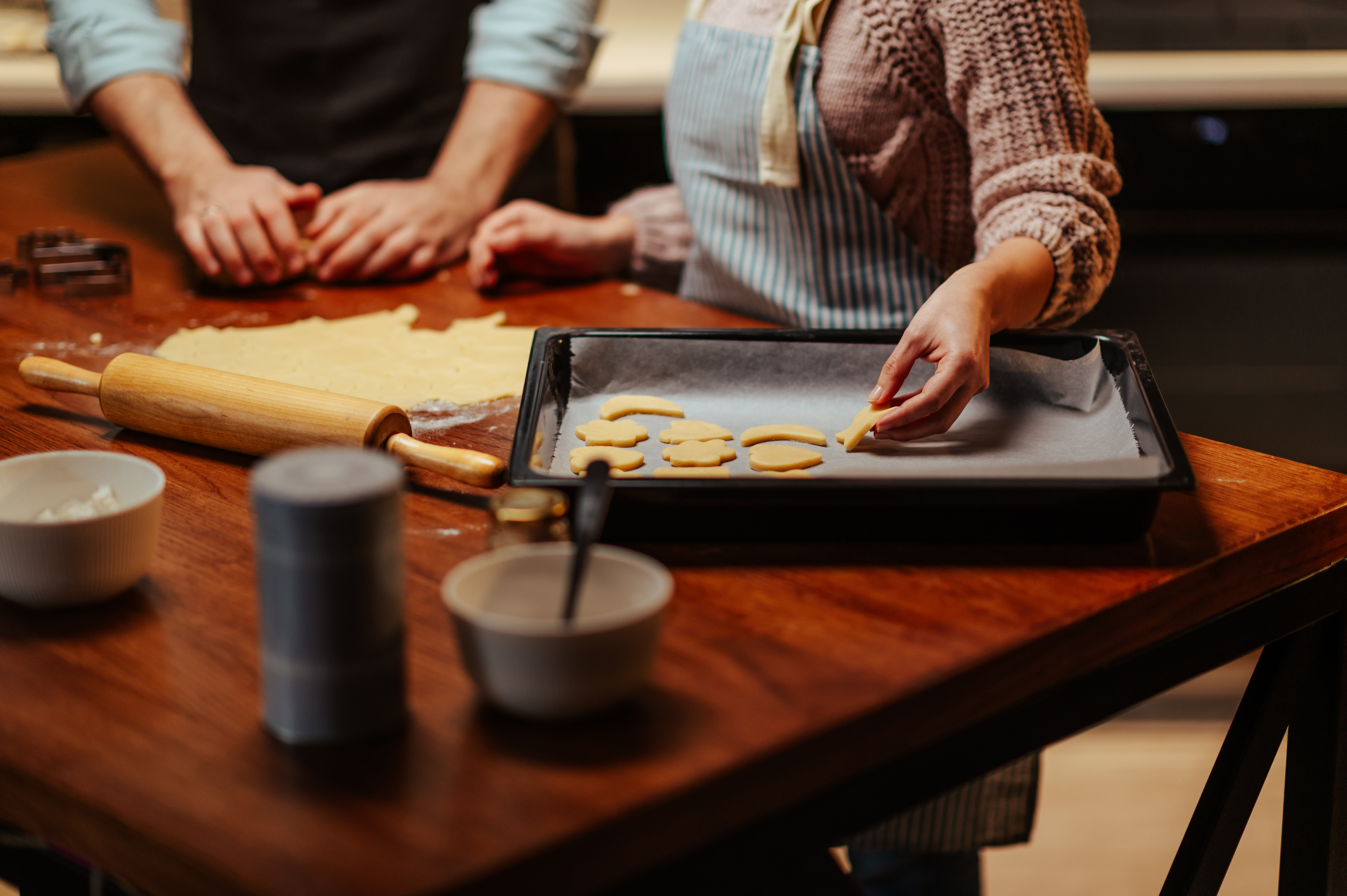
Baking without gluten presents unique challenges, as gluten provides structure and elasticity to baked goods. Many gluten-free flours lack these properties, resulting in dense or crumbly textures. However, with the right combination of gluten-free flours and binders like xanthan gum or psyllium husk, delicious and satisfying baked goods are achievable. Experimenting with different flour blends and recipes can lead to delightful discoveries in gluten-free baking.
9. The Complexity of Gluten-Free Dining Out
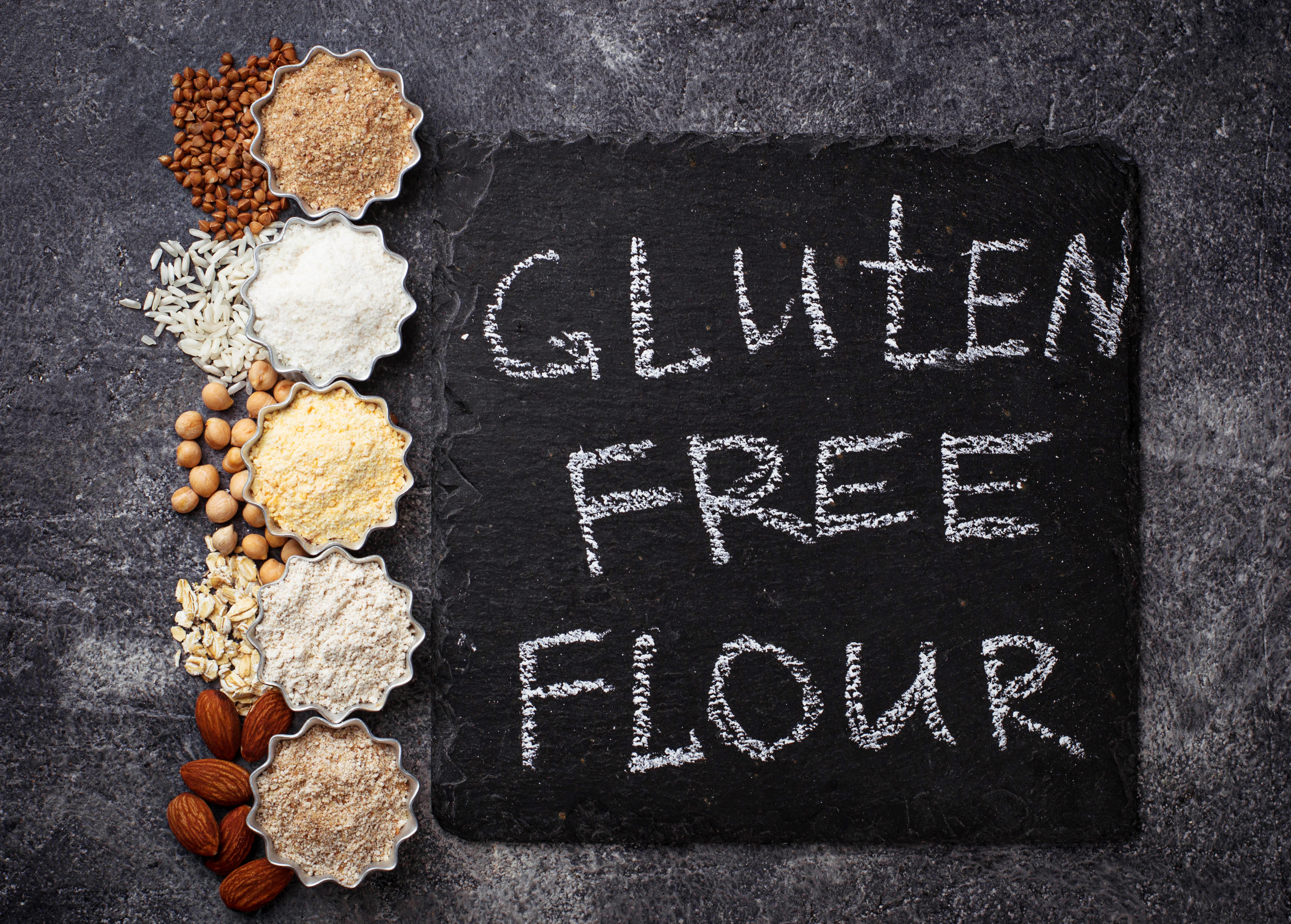
Dining out while maintaining a gluten-free diet can be daunting. Cross-contamination in restaurant kitchens is a significant concern, as gluten-free dishes may be prepared alongside gluten-containing ones. To minimize risks, diners should communicate their dietary needs clearly to restaurant staff and choose establishments with dedicated gluten-free menus or protocols. Researching restaurants in advance and reading reviews from other gluten-free patrons can also enhance the dining experience.
10. The Importance of Gluten-Free Certification
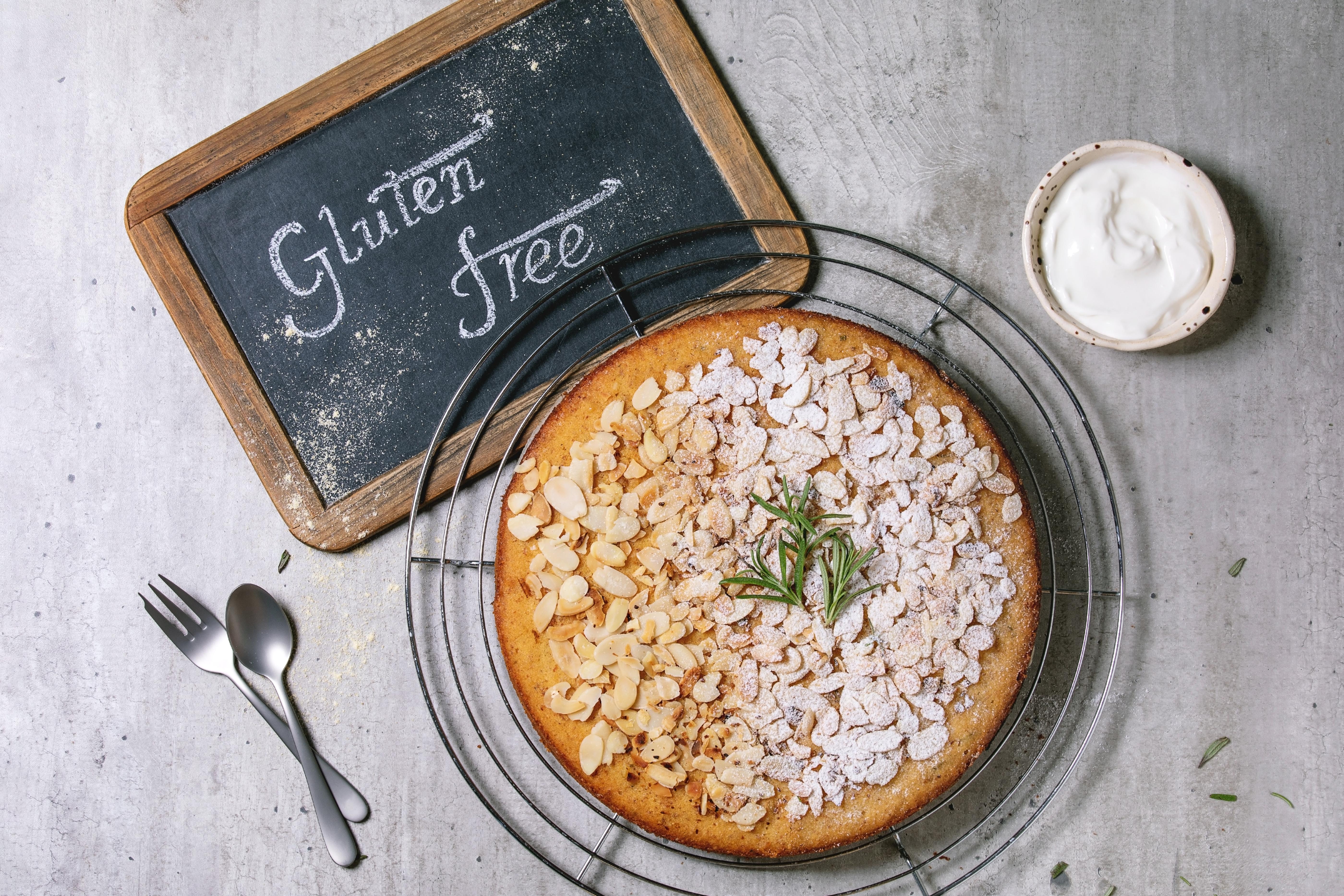
With the proliferation of gluten-free products, certification has become increasingly important. Gluten-free certification ensures that products meet strict standards for gluten content, typically less than 20 parts per million. This certification provides peace of mind for consumers, as it signifies rigorous testing and adherence to gluten-free protocols. When shopping for gluten-free products, looking for certification symbols can help consumers make informed choices and avoid potential gluten exposure.
11. The Role of Education in a Gluten-Free Lifestyle
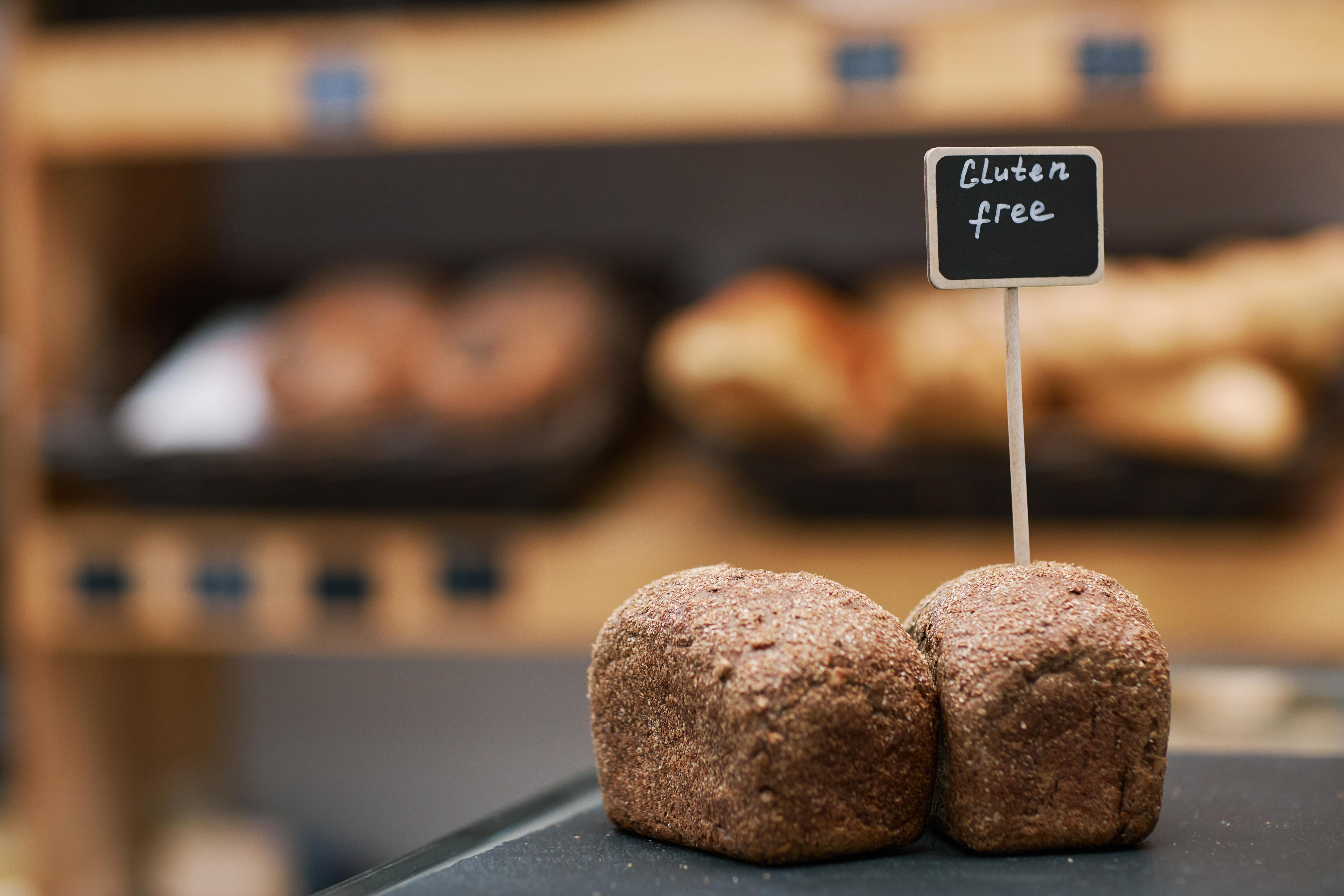
Education is a cornerstone of successfully navigating a gluten-free lifestyle. Understanding the sources of gluten, reading labels diligently, and staying informed about new research and products are essential. Support groups, online forums, and gluten-free cookbooks can provide valuable resources and community support. By educating themselves, individuals can make empowered decisions and enjoy a varied and satisfying gluten-free diet.
12. Embracing a Gluten-Free Future
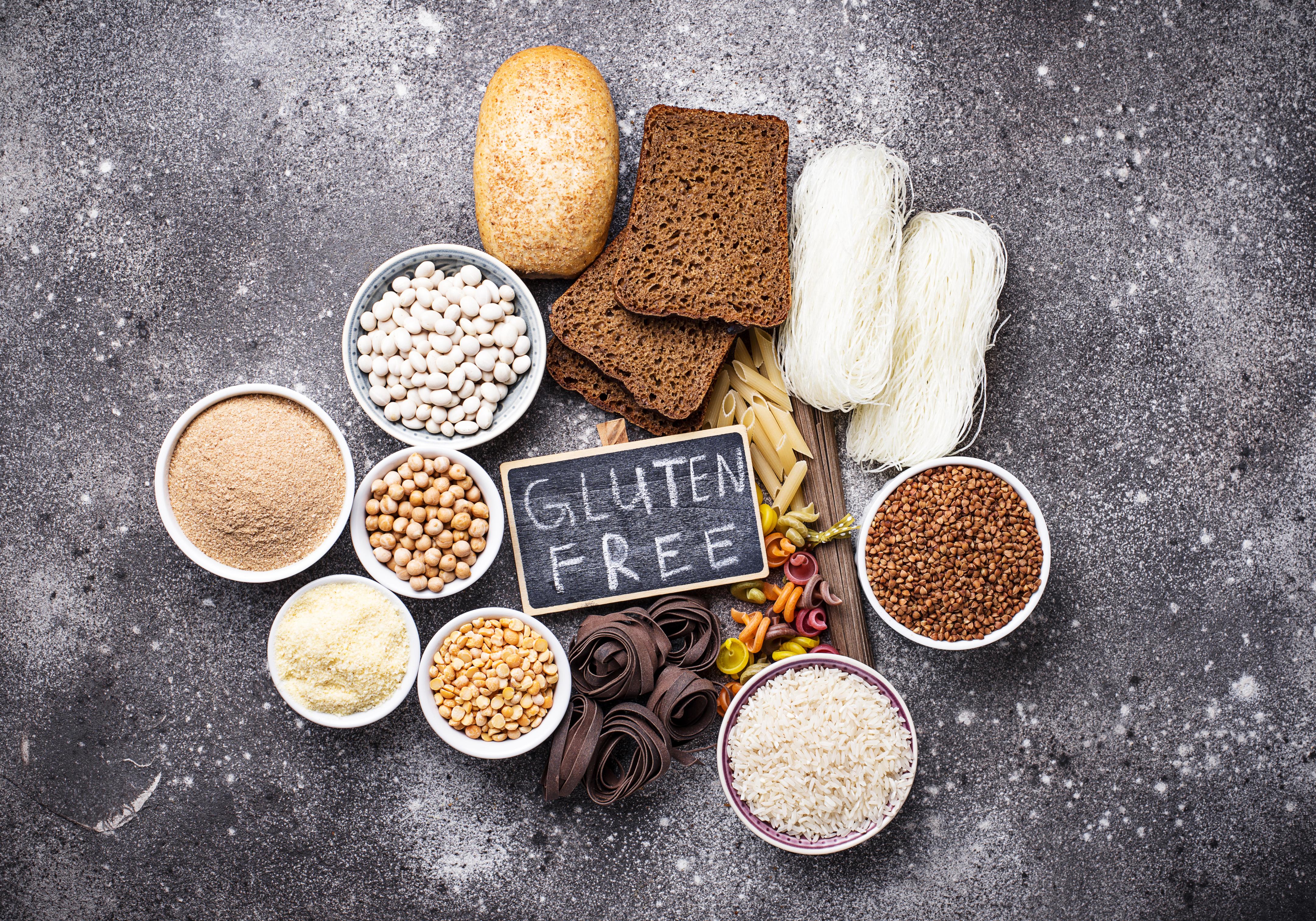
Embracing a gluten-free future involves more than just avoiding gluten-containing foods; it's about adopting a mindset of health and well-being. By focusing on whole, naturally gluten-free foods and exploring new culinary horizons, individuals can create a balanced and nutritious diet. The gluten-free lifestyle offers opportunities for creativity in the kitchen and a deeper connection to the foods we eat. As awareness and options continue to grow, the gluten-free future looks bright and promising.
13. Imitation Seafood: The Crab Stick Conundrum
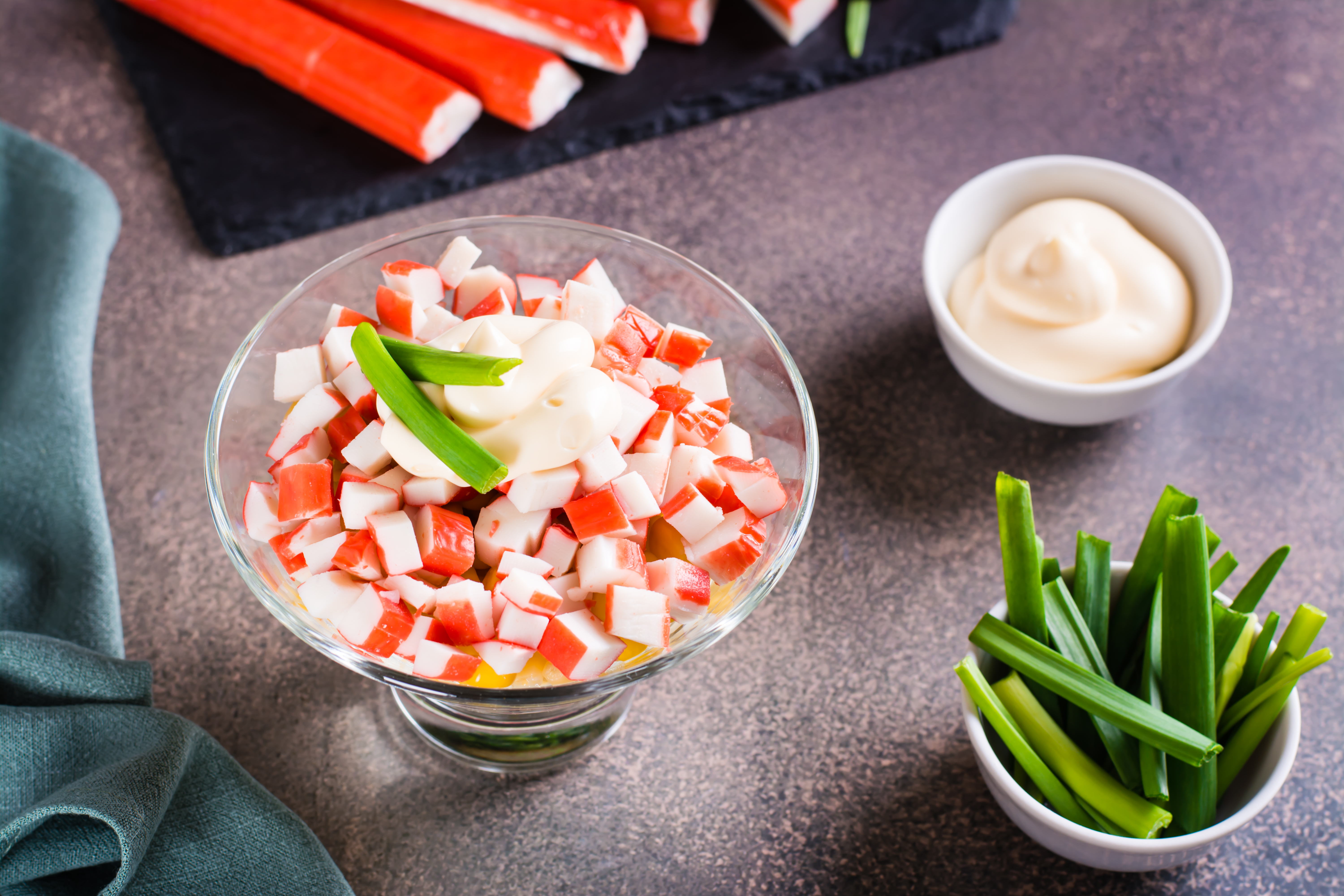
Often found in sushi rolls or seafood salads, imitation crab meat (like surimi or "crab sticks") is a surprising culprit. Its elastic texture is ingeniously achieved by using wheat starch or wheat flour as a binder. This often-overlooked ingredient can trigger symptoms for those with gluten sensitivity. Always read the ingredient list carefully for "wheat starch," "modified food starch" (unless source specified as corn/potato), or other wheat derivatives if enjoying what appears to be a safe seafood option.
14. Spice Blends & Dry Rubs: Flavorful Traps
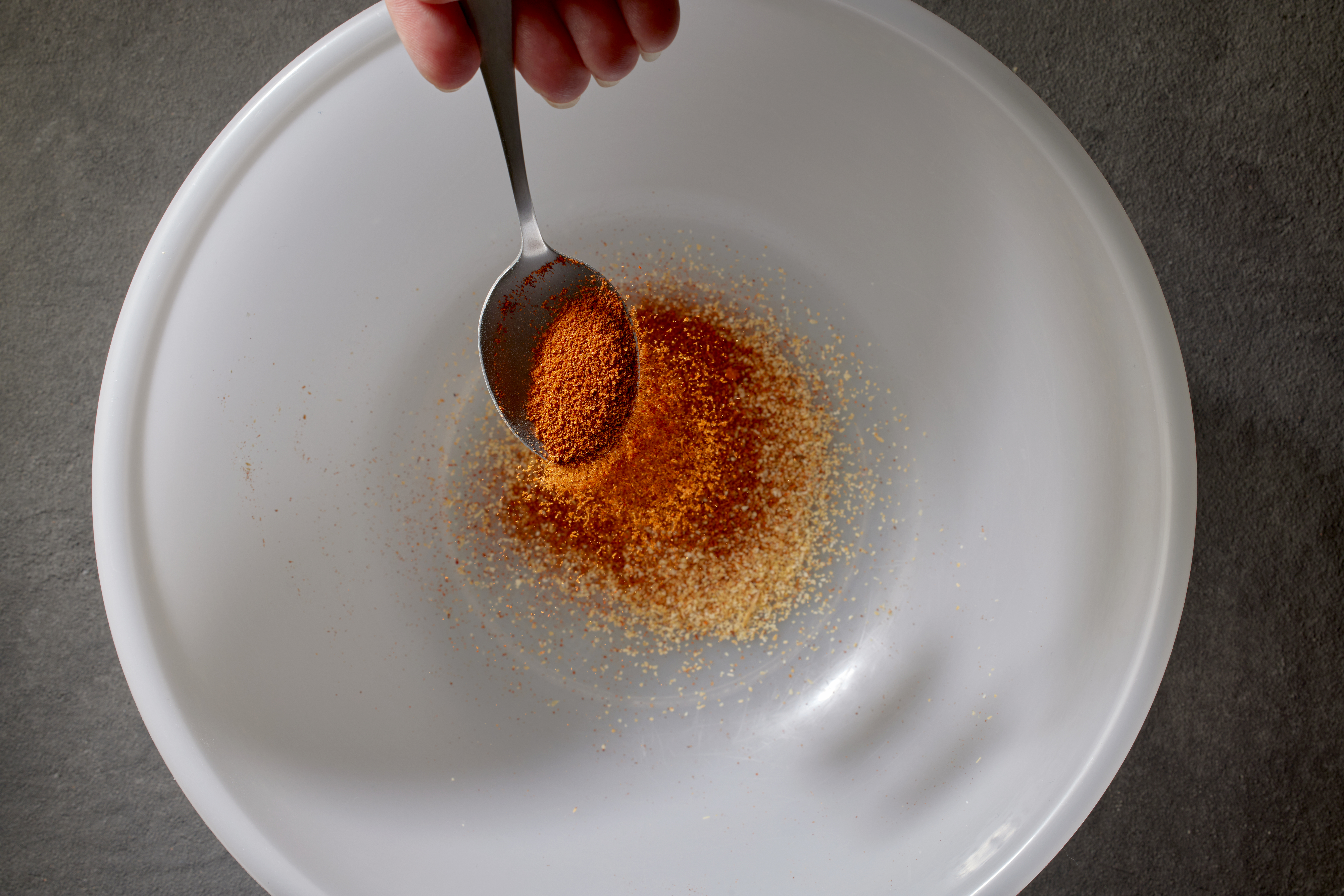
You might assume pure spices are safe, but many pre-mixed spice blends, dry rubs for meat, and seasoning packets can harbor hidden gluten. Wheat flour or starch is often used as an anti-caking agent or filler to bulk up the product or ensure even distribution. Some blends may also contain maltodextrin derived from wheat. To truly avoid this sneaky source, choose single-ingredient spices, or opt for certified gluten-free blends. Making your own spice mixes at home ensures complete control over ingredients and flavor.
15. Canned Baked Beans & Chili: The Unexpected Thickener
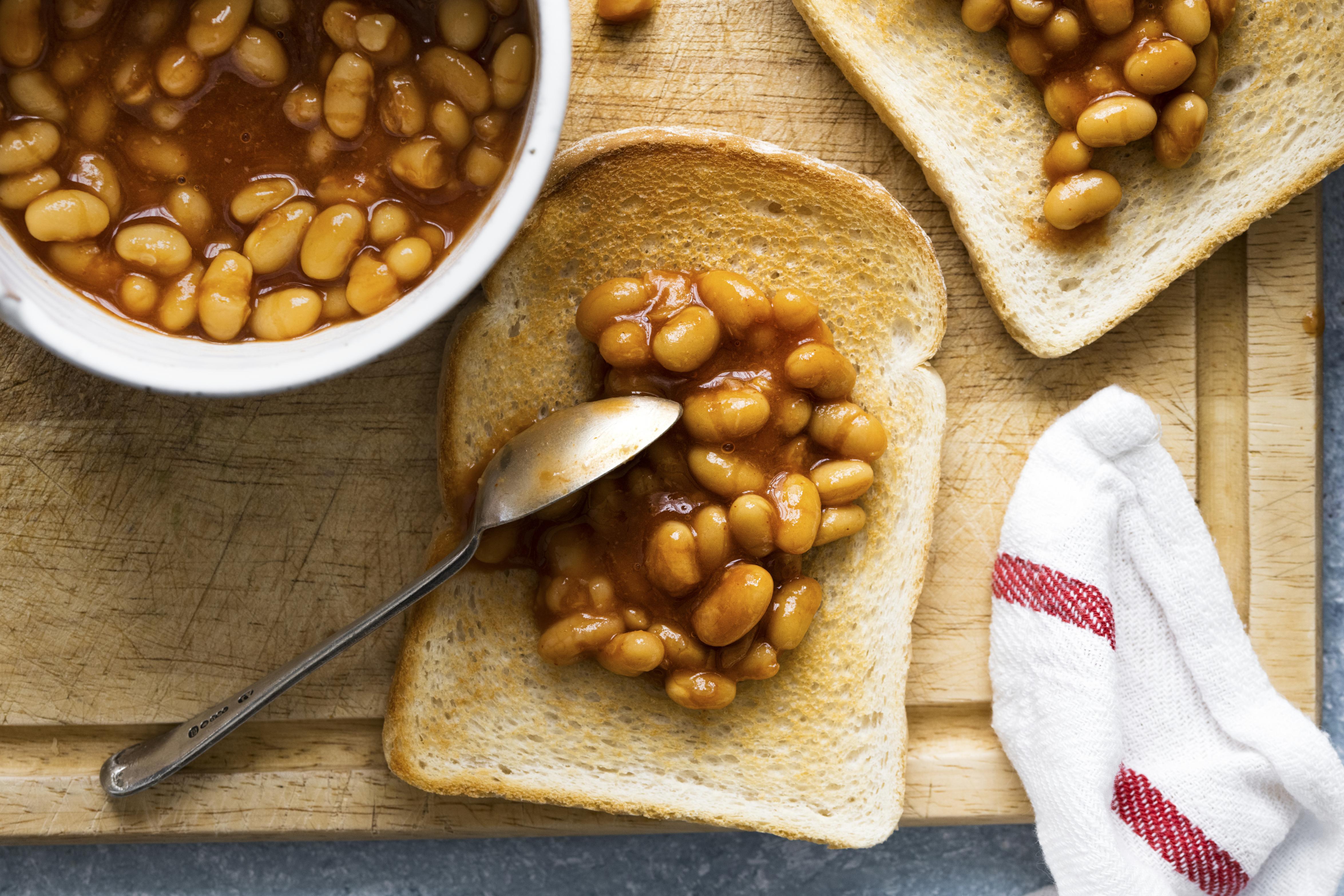
While beans are naturally gluten-free, commercially canned baked beans, chili, and some hearty stews can surprisingly contain hidden gluten. Wheat flour is frequently used as a thickener in their sauces to achieve a desirable consistency. Some brands may also include modified food starch derived from wheat. Always check the ingredient list for thickening agents or any specific "gluten-free" labeling when purchasing these convenient canned goods, as they can be an insidious source of gluten in a seemingly safe meal.
16. Deli Salads (Potato, Pasta, Coleslaw): Dressings and Binders
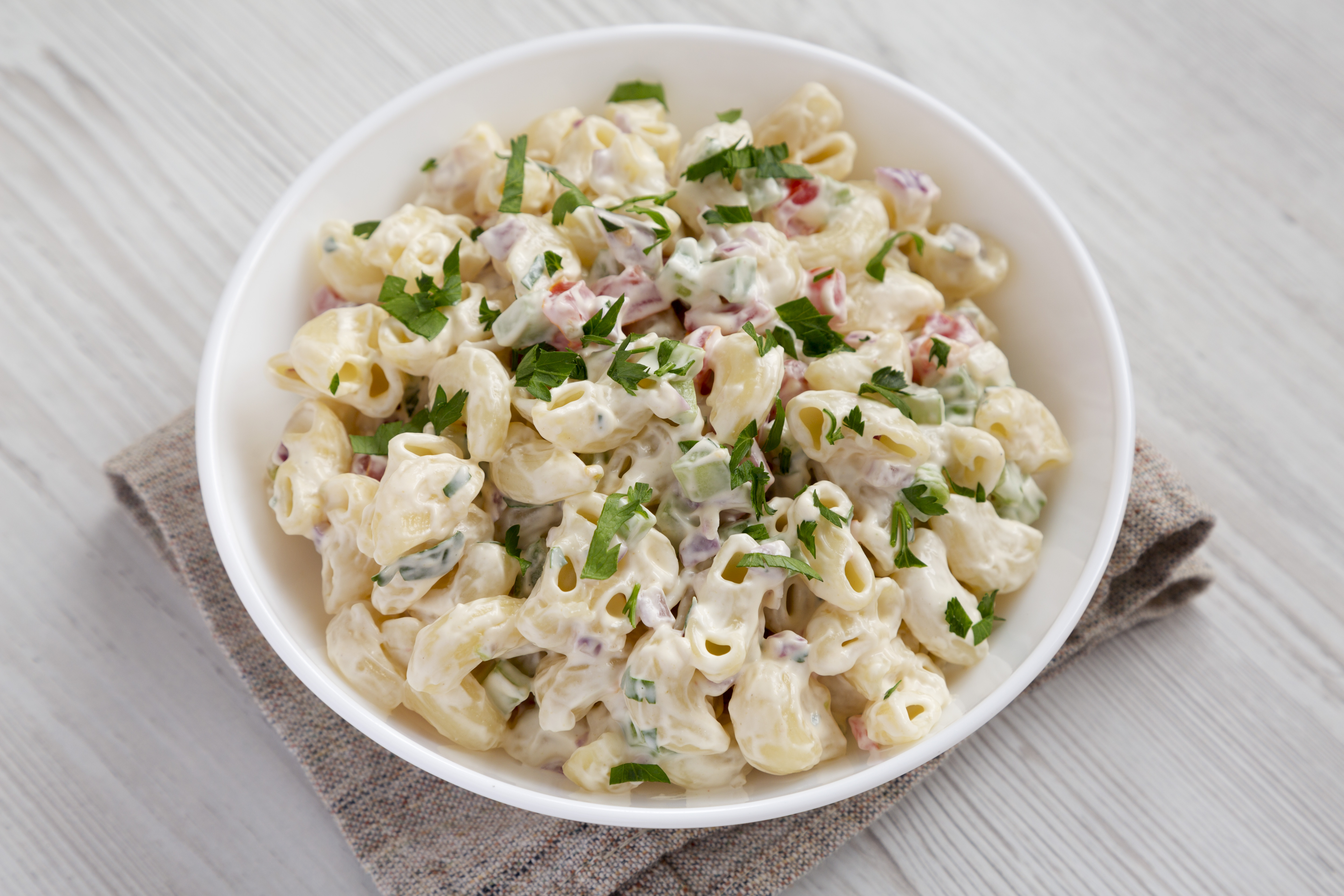
Pre-made deli salads like potato salad, macaroni salad (even if gluten-free pasta is used), or coleslaw are common culprits for hidden gluten. The creamy dressings often contain wheat flour as a thickener, or binders and seasonings that include gluten-containing ingredients. Cross-contamination from shared utensils or preparation surfaces at the deli counter is also a significant risk. For safety, it's best to prepare these salads at home with certified gluten-free ingredients or seek out dedicated gluten-free deli sections.
17. Vegetarian Meat Substitutes: The Seitan Surprise
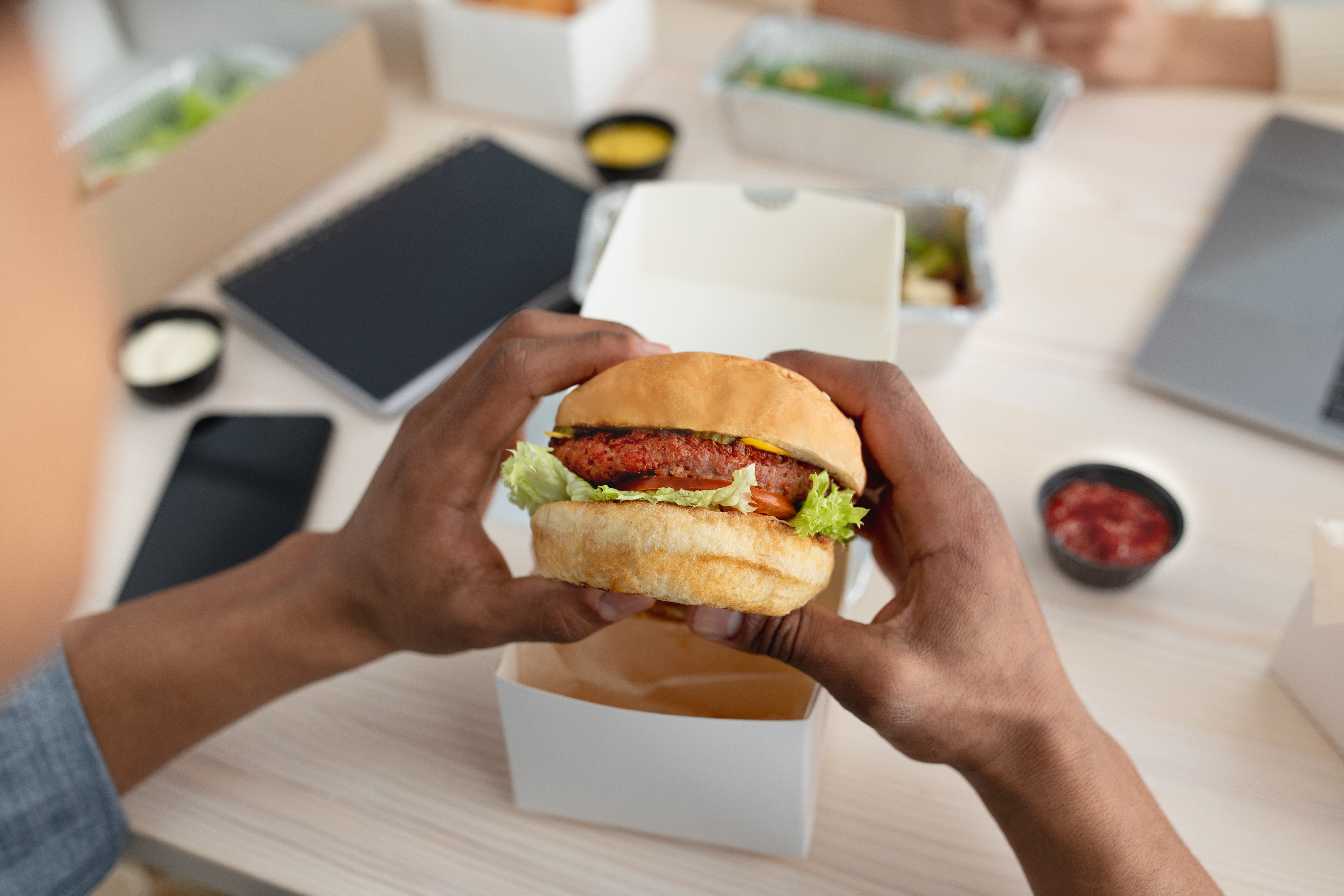
For those embracing plant-based diets, many vegetarian meat substitutes are ironically not gluten-free. Products like seitan (often marketed as "wheat meat"), some veggie burgers, meatless sausages, and mock duck are primarily made from vital wheat gluten, which provides their chewy, meat-like texture. Even seemingly innocent veggie patties might use wheat as a binder. Always scrutinize labels for "seitan," "wheat gluten," or similar terms if you're selecting plant-based protein alternatives on a gluten-free diet.
18. Coffee Creamers & Flavored Instant Coffees: Secret Additives
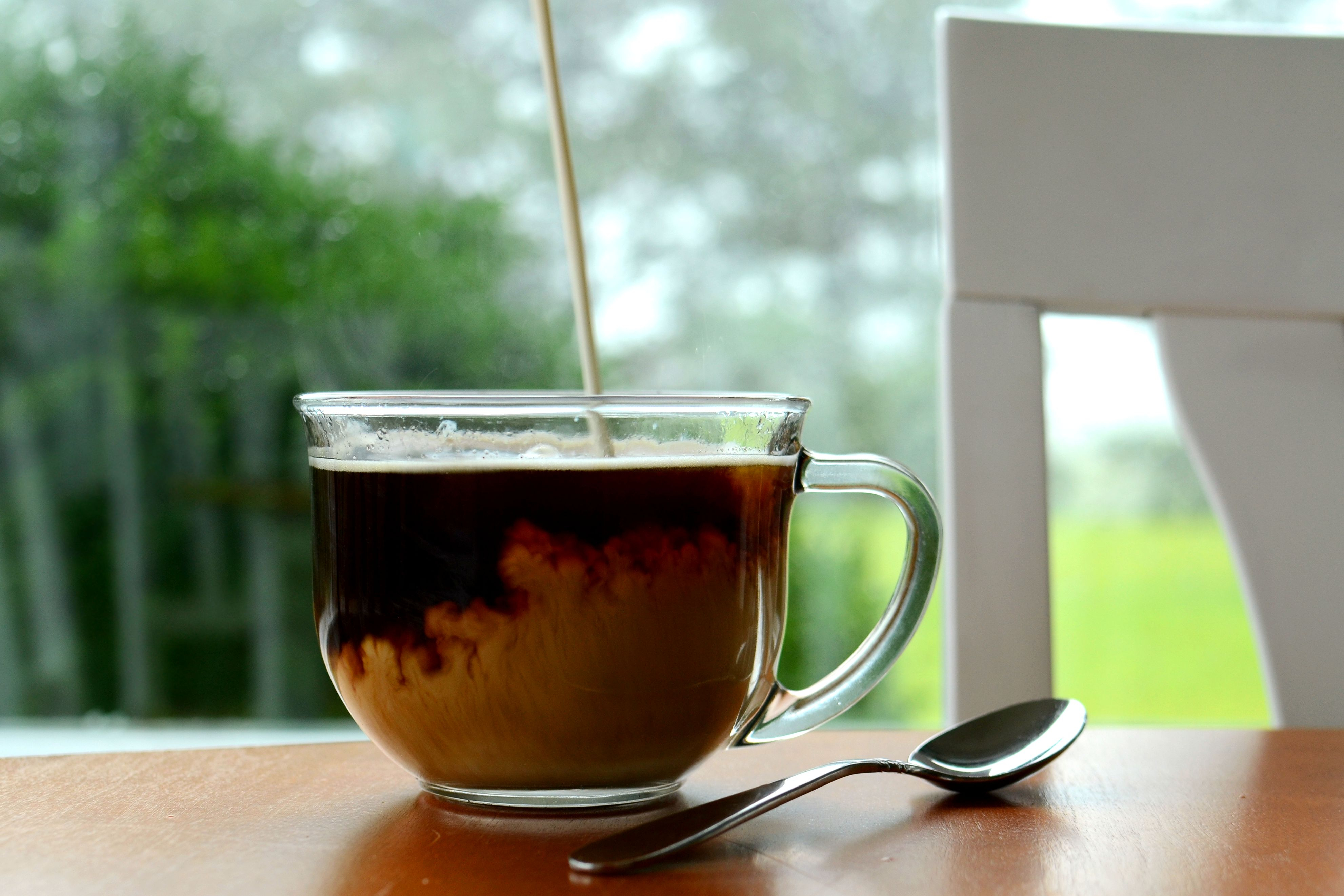
Your morning brew might be a sneaky source of gluten. While black coffee is naturally gluten-free, many flavored coffee creamers, powdered coffee mixes, and instant hot beverages can contain hidden gluten. Wheat derivatives are sometimes used as anti-caking agents, thickeners, or flavor carriers (e.g., malt flavoring from barley). Always check the ingredient list for "modified food starch" (unless specified as corn/potato) or other wheat/barley-derived components in your coffee add-ins and instant drink sachets.
19. Restaurant & Frozen French Fries: Beyond the Potato
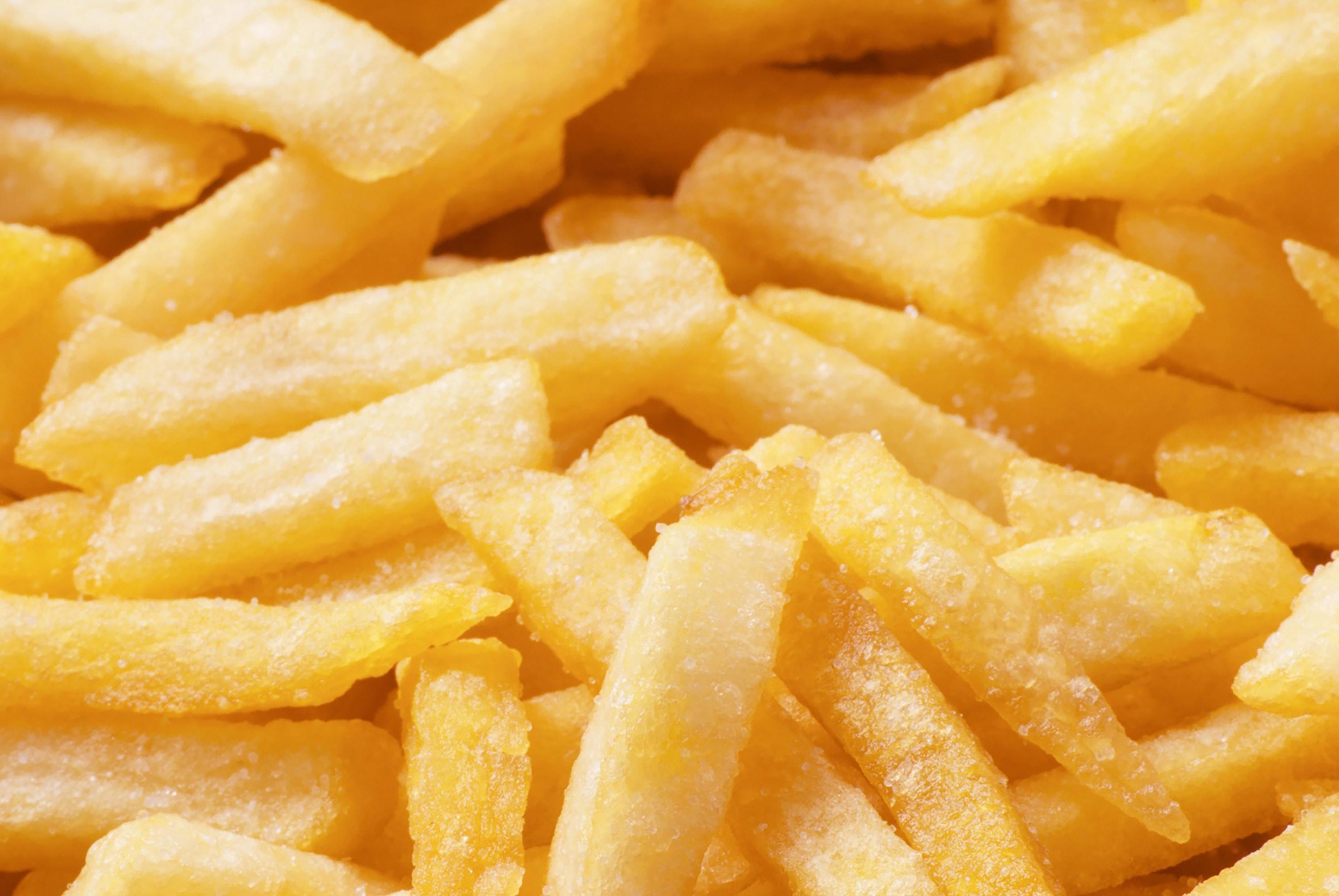
French fries, seemingly just potatoes and oil, can be a surprising source of hidden gluten. Many restaurants use shared fryers, leading to cross-contamination from gluten-containing items like breaded chicken tenders. Furthermore, some frozen or fast-food French fries are coated in a wheat-based batter to enhance crispiness. Always inquire about dedicated fryers when dining out, and check ingredient lists on frozen fry packaging. This seemingly simple side can become a stealthy gluten trap.
20. Flavored Yogurts & Fruit-on-the-Bottom: Unseen Thickeners
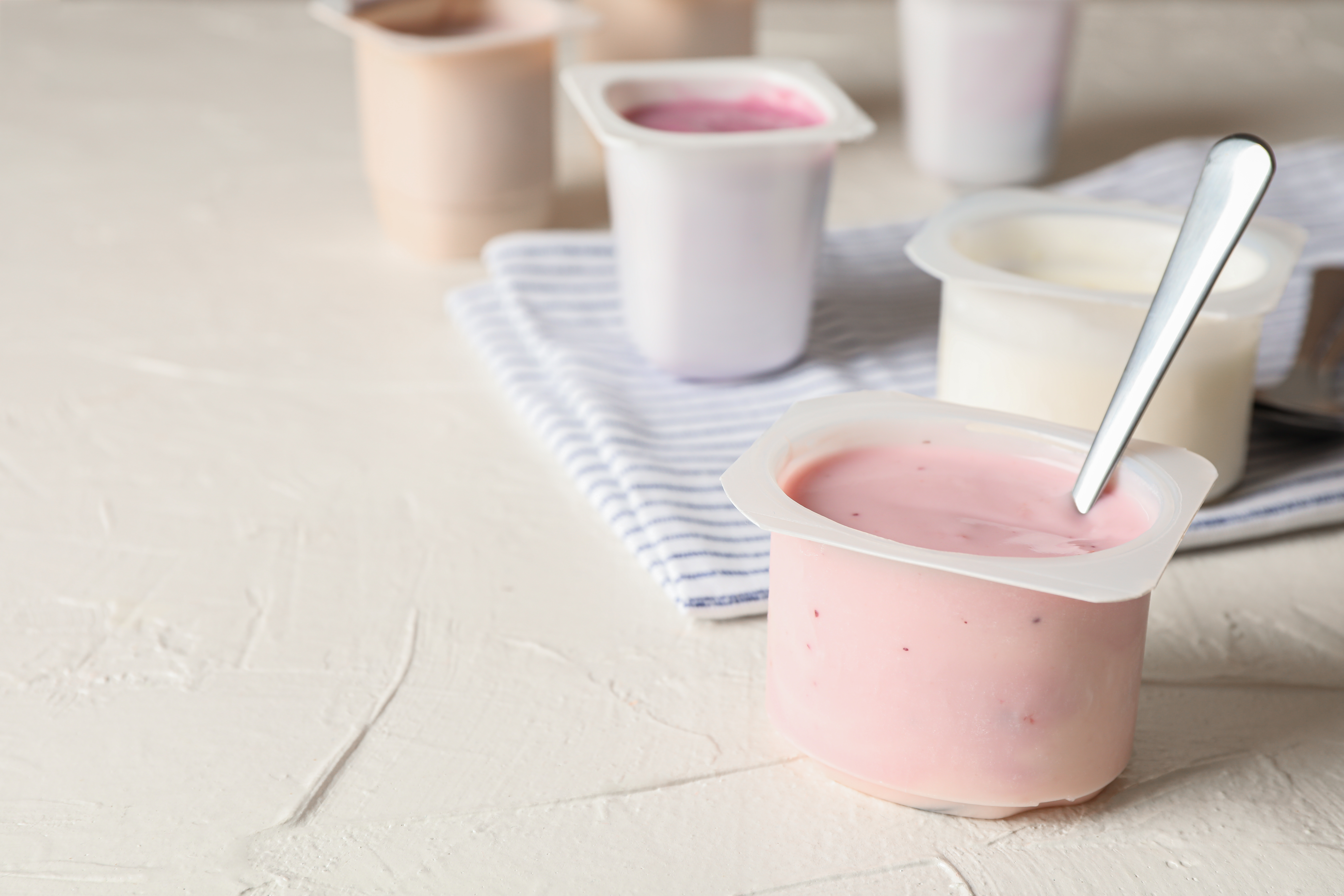
Plain yogurt is naturally gluten-free, but many flavored or fruit-on-the-bottom varieties can contain hidden gluten. Wheat starch or other gluten-derived thickeners are sometimes used to achieve desired textures in fruit preparations or stabilize the yogurt itself. While not common, it's a surprising additive to watch for. Always check ingredient lists for "modified food starch" or similar terms. Opting for plain yogurt and adding fresh fruit or gluten-free toppings ensures a truly gluten-free and healthy snack.
21. Energy & Granola Bars: The Convenient Deception
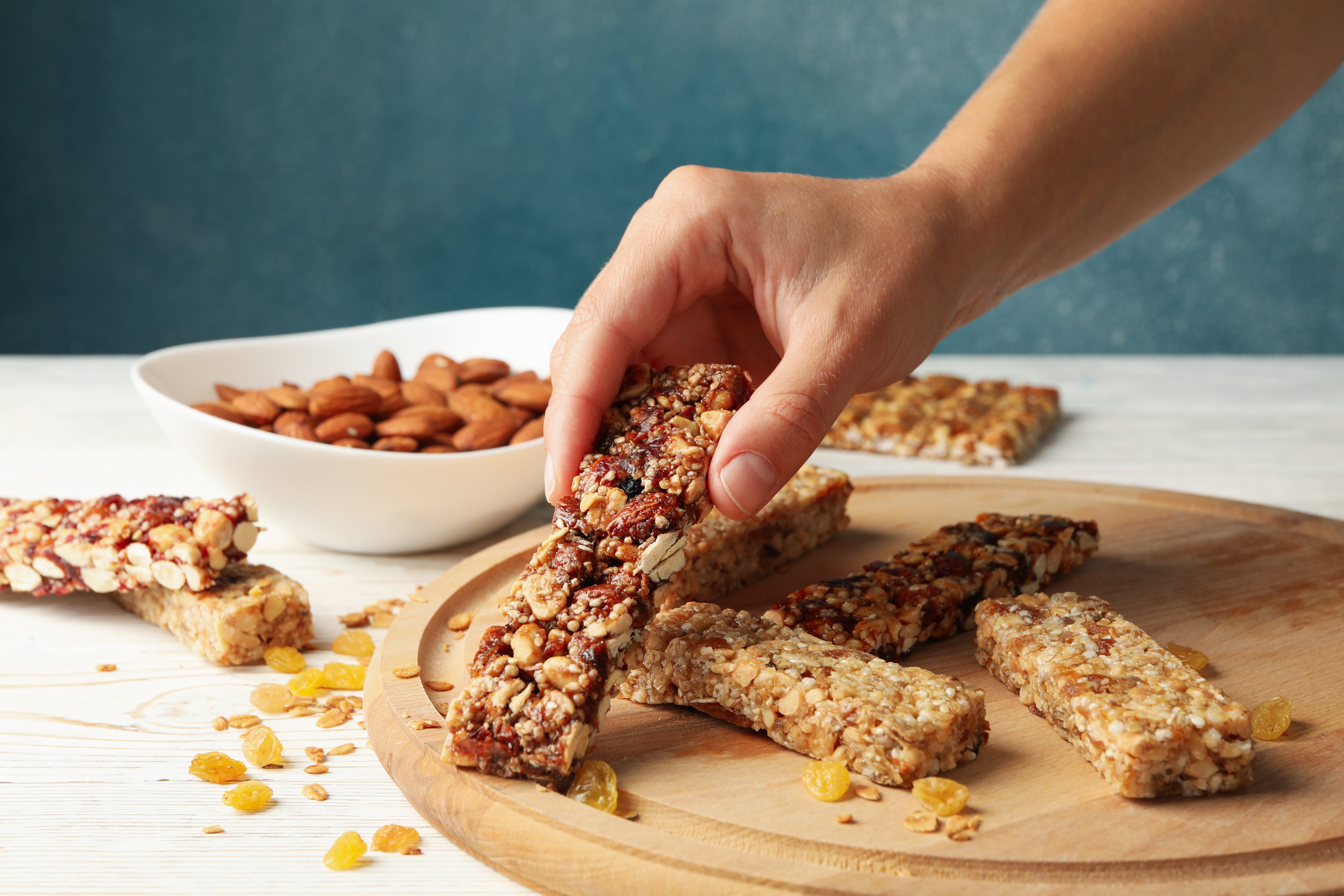
Energy and granola bars, often marketed as healthy and convenient, are frequent culprits for hidden gluten. Beyond obvious oats (which are often cross-contaminated unless certified gluten-free), many bars use wheat-based binders, malt flavoring (from barley), or various starches. Even "gluten-free" labeled bars can pose a risk if not certified. Scrutinize ingredient lists for hidden forms of wheat, barley, and rye, and prioritize bars with third-party gluten-free certification to ensure true safety.
22. Chewing Gum & Some Candies: Unexpected Binders

Chewing gum and certain types of candy are surprisingly capable of harboring hidden gluten. Wheat-derived starches or dextrins are sometimes used as binders, anti-caking agents, or texturizers, making the product more cohesive or preventing sticking. While quantities might be small, for individuals with celiac disease, even trace amounts are problematic. Always check the ingredient list for these seemingly innocuous items, as even small indulgences can lead to unexpected gluten exposure.
23. Rotisserie Chicken: Flavor Meets Hidden Fillers

Store-bought rotisserie chickens might seem like a simple, gluten-free protein fix, but many are injected with seasoning solutions or marinades that contain wheat-based thickeners. Even spice rubs on the skin can be laced with gluten to boost texture or moisture retention. Worse, these chickens are often cooked in shared ovens or stored with gluten-containing products in deli cases. For a truly gluten-free option, always check labels or ask about ingredients—and consider roasting your own at home for peace of mind and full control.
24. Prescription Medications & Vitamins: Gluten in Disguise

Gluten can lurk in non-food items like prescription medications, over-the-counter pills, and even daily vitamins. Fillers, binders, and coatings (like maltodextrin or pregelatinized starch) are sometimes derived from wheat. While quantities may be small, they can trigger serious symptoms in individuals with celiac disease. Unfortunately, gluten-free labeling isn't required in pharmaceuticals. Always consult with a pharmacist or use gluten-free medication guides when starting a new regimen. Choosing supplements from certified gluten-free brands is one way to stay safe and symptom-free.
25. Play-Doh & Kids’ Craft Supplies: Accidental Ingestion Risks

If you or your child are gluten-sensitive, even craft time could be risky. Traditional Play-Doh and similar modeling clays often contain wheat flour as a primary ingredient. For children prone to hand-to-mouth contact or those with skin sensitivities, this can trigger reactions. Gluten-containing glue sticks, paints, or papier-mâché pastes are also a concern. Parents and educators should opt for gluten-free alternatives, which are now widely available, especially in classrooms where inclusion matters. It’s a small but meaningful way to keep creative time safe.
26. Communion Wafers & Religious Offerings

For observant individuals with celiac disease or gluten sensitivity, traditional religious rituals can pose surprising risks. Communion wafers are typically made from wheat flour, and even trace amounts can cause reactions. Some denominations now offer gluten-free or low-gluten alternatives that meet religious requirements, but not all institutions are informed or equipped. It’s important to advocate for safe options and have open discussions with religious leaders. Spirituality and health should never be mutually exclusive—and safer practices can ensure both are honored.
27. Lipsticks, Lip Balms & Toothpaste: Trace but Troublesome

You may not eat them—but if it goes on your lips or into your mouth, it deserves scrutiny. Some lipsticks, balms, and even toothpaste formulations include gluten-derived ingredients such as hydrolyzed wheat protein or wheat germ oil. Though the quantities are small, for those with celiac disease or strong gluten intolerance, even trace ingestion—especially multiple times daily—can cause inflammation or symptoms. Look for gluten-free certified personal care products and oral hygiene items to stay completely protected, even in your beauty and self-care routines.
28. Blue Cheese & Mold-Ripened Cheeses: A Fermented Surprise
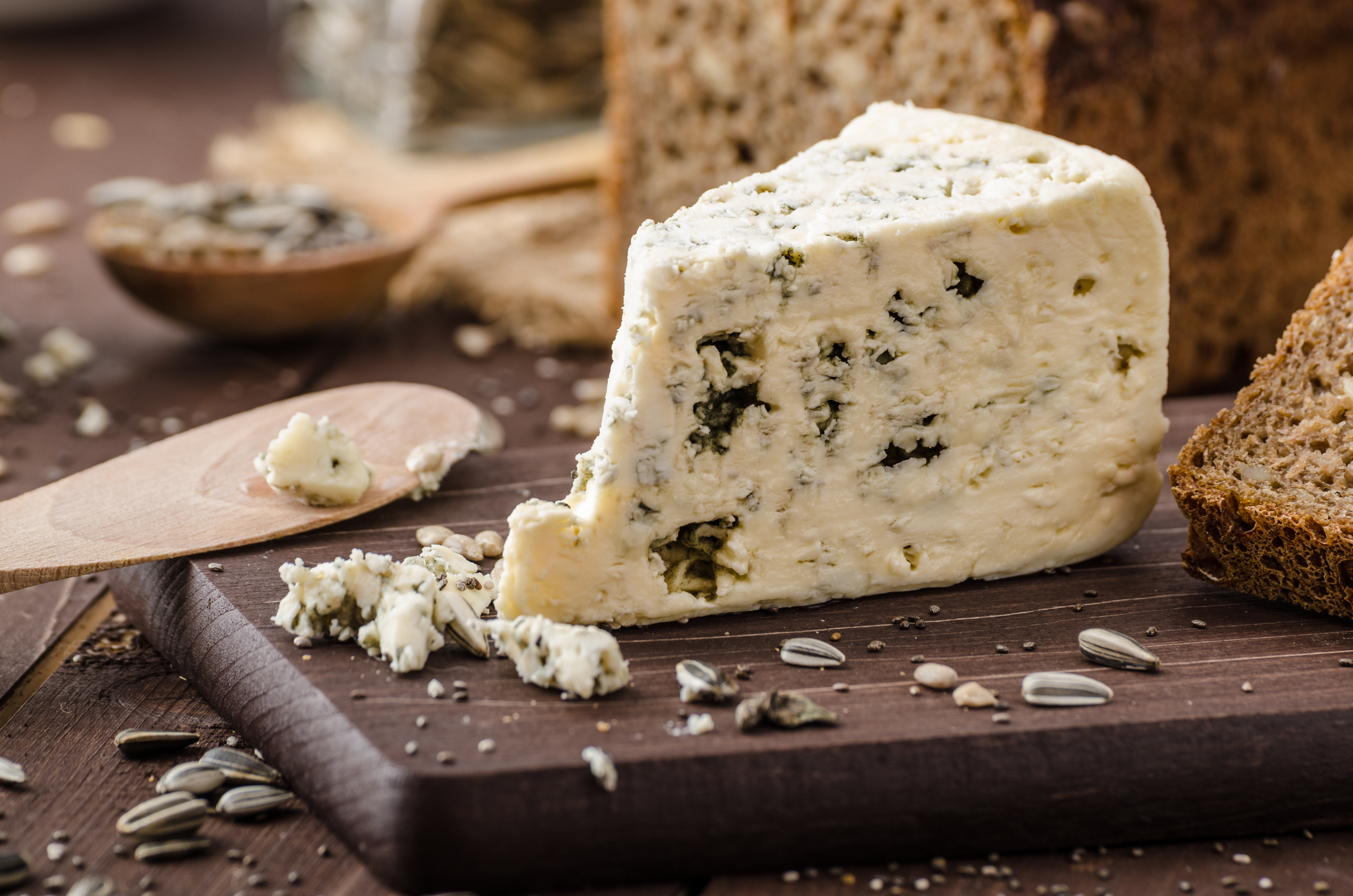
While most cheeses are naturally gluten-free, certain mold-ripened varieties—like traditional blue cheese—can be cultured using bread-derived mold spores. Though this practice is declining, it still exists in artisanal or imported batches. While many people with gluten sensitivity can tolerate blue cheese without issue, celiac patients should double-check the source of the mold. Safer alternatives include certified gluten-free blue cheese or opting for other aged cheeses like cheddar or gouda, which carry less fermentation risk and zero wheat exposure.
29. Sushi Rice Seasoning: Sticky but Sneaky

Sushi might look gluten-free at a glance—just rice, fish, and vegetables—but the devil’s in the details. Sushi rice is often seasoned with rice vinegar, sugar, and occasionally wheat-containing mirin or soy sauce to enhance umami and stickiness. Even if you avoid soy sauce dips, the rice itself may be an unseen culprit. Always confirm ingredients with sushi chefs or opt for restaurants with gluten-free protocols. Making sushi at home with certified gluten-free seasonings can be both fun and safer for sensitive eaters.
30. Pickles & Fermented Vegetables: Brine Watch

Pickles seem like a safe, crunchy delight—but commercially brined or fermented vegetables may contain hidden gluten. Certain vinegars used in the brine—like malt vinegar—are derived from barley. Additionally, seasoning blends or stabilizers in mass-produced jars can include wheat-based anti-caking agents. To avoid a briny betrayal, read ingredient lists carefully or choose artisanal brands that specify gluten-free ingredients. Better yet, home-pickling with cider or rice vinegar gives you flavorful results without the mystery.
31. Meat Marinades & Brines: Flavor with a Price
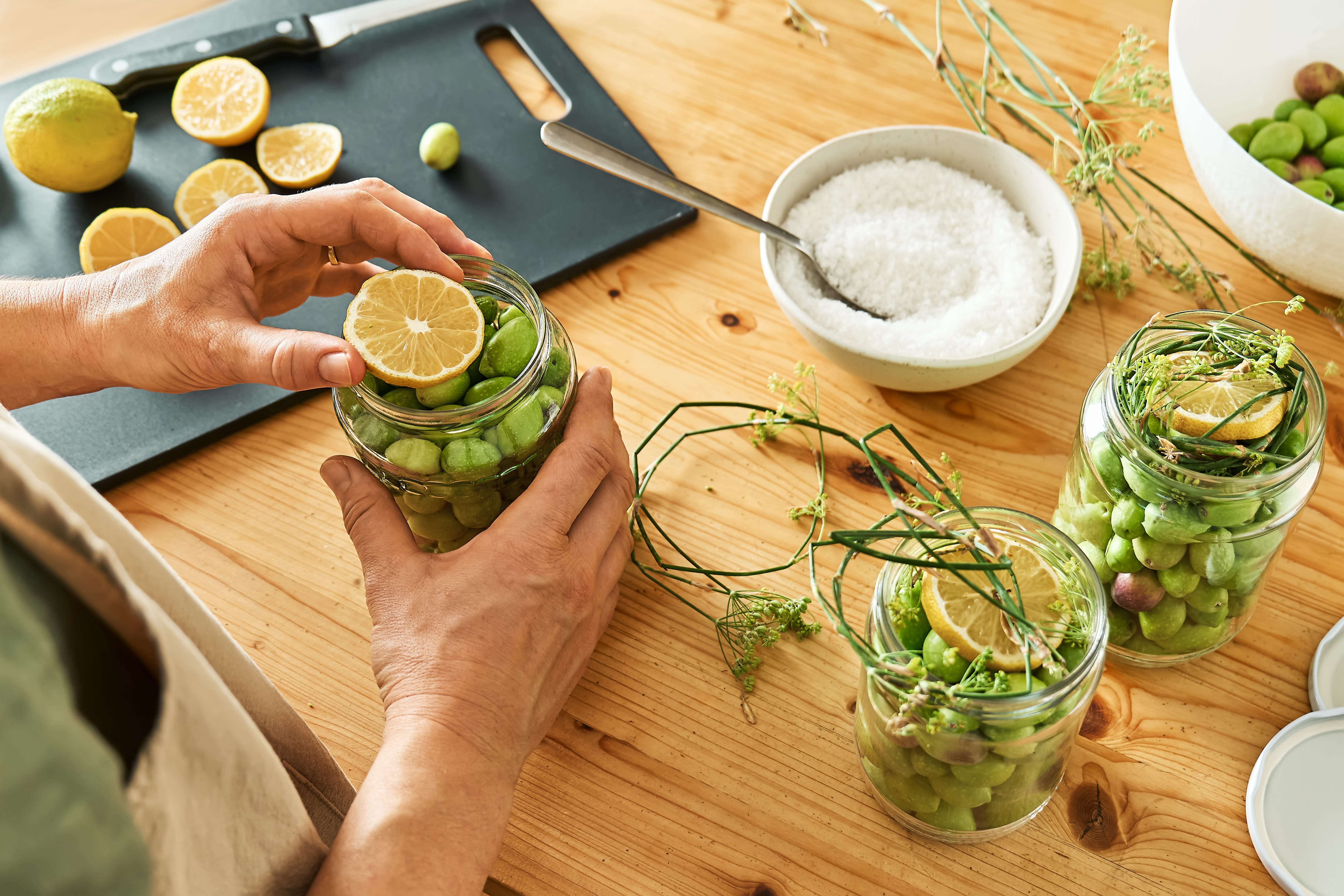
Many pre-marinated meats—like store-packaged chicken breasts or barbecue cuts—contain marinades or brines with wheat-derived flavorings. Ingredients such as soy sauce, hydrolyzed wheat protein, or malt extract often appear in “savory,” “spicy,” or “Asian-style” meat blends. Even dry-marinated options can sneak in gluten through added seasonings. For gluten-sensitive consumers, the safest bet is purchasing plain cuts and marinating them at home using certified gluten-free sauces and spices. It’s a small step with big returns—both in safety and flavor.
32. Restaurant Omelets & Scrambled Eggs: Breakfast Backfire
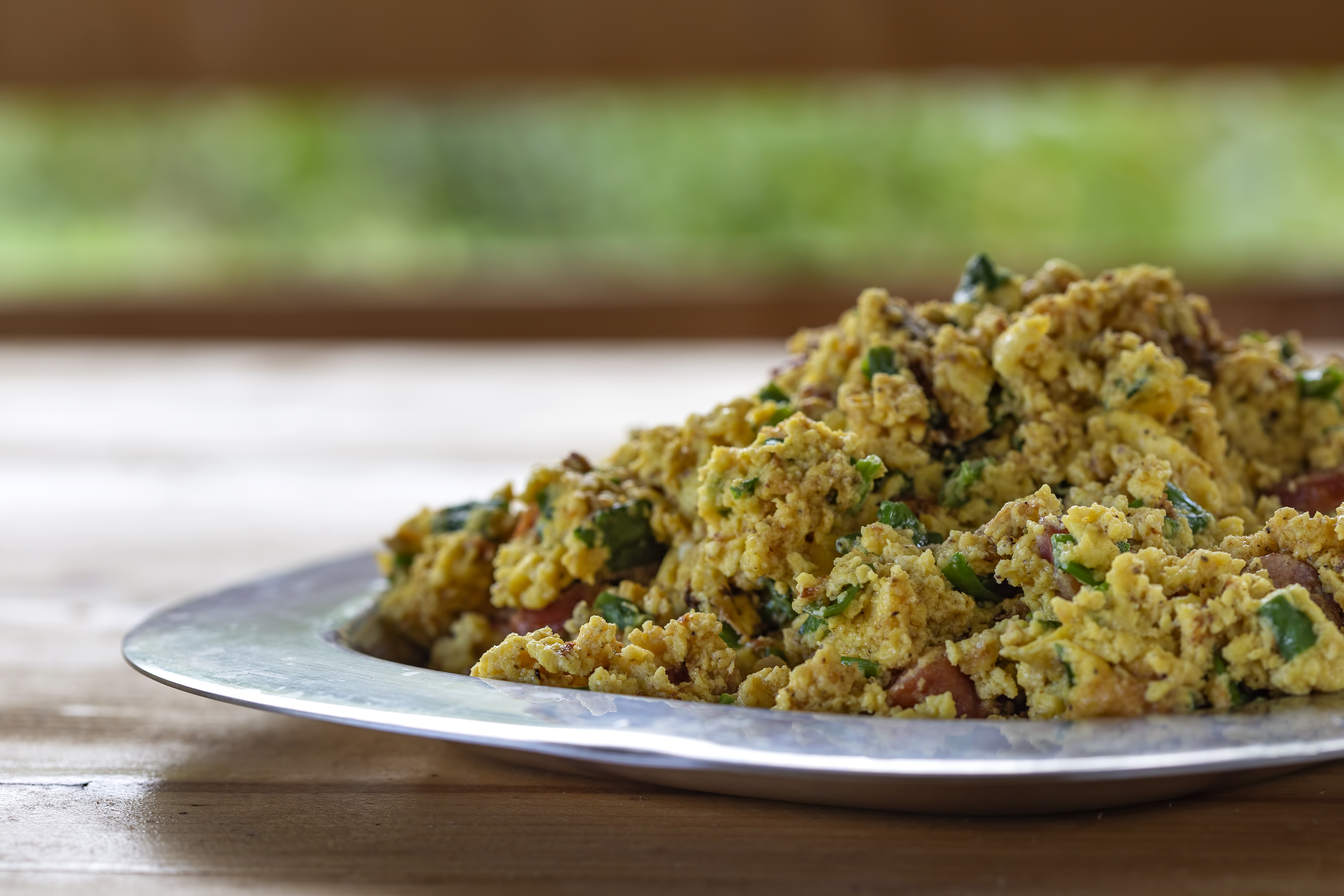
Eggs are naturally gluten-free, but that hotel buffet scramble or brunch omelet might not be. Some restaurants use pancake batter or wheat flour to fluff up scrambled eggs or bulk out omelets, especially in high-volume kitchens. Pre-mixed egg products or egg substitute cartons may also contain stabilizers derived from wheat. Always ask if eggs are cracked fresh and cooked without additives, or stick to poached or hard-boiled options when in doubt. Breakfast should nourish—not sabotage—your gluten-free goals.
Living gluten-free isn’t just about swapping bread for rice cakes—it’s about vigilance, empowerment, and protecting your body from the foods that don’t serve it. As this list of 32 surprising gluten-containing foods reveals, gluten has a way of sneaking into places you’d never expect—from your favorite fries to your morning vitamins. But knowledge is power. The more you understand where gluten hides, the more confidently you can take control of your health and your choices. Whether you’re managing celiac disease, tackling unexplained symptoms, or supporting a loved one, avoiding gluten isn’t about deprivation—it’s about clarity, energy, and relief. So next time someone says “just don’t eat bread,” you’ll know better. It’s a journey, not a fad. And with each label you read, each swap you make, and each hidden threat you dodge, you’re not just eating differently—you’re living intentionally. Your body will thank you for it.
